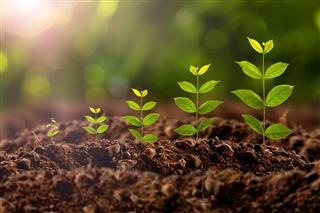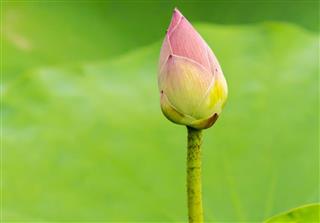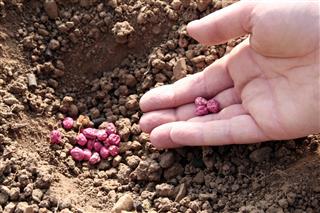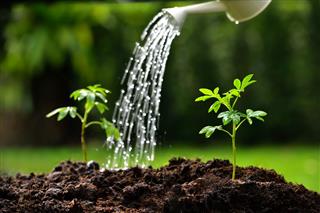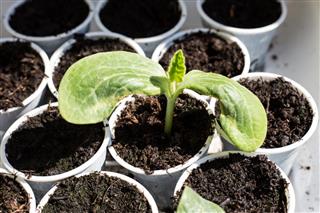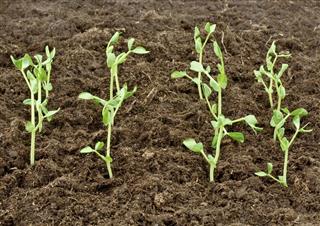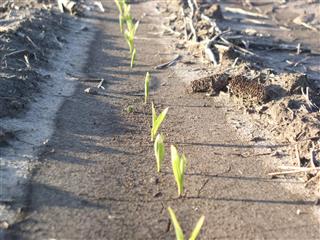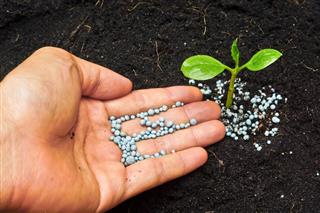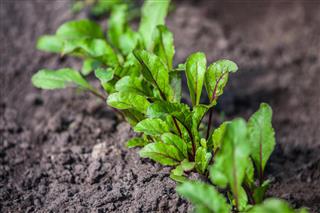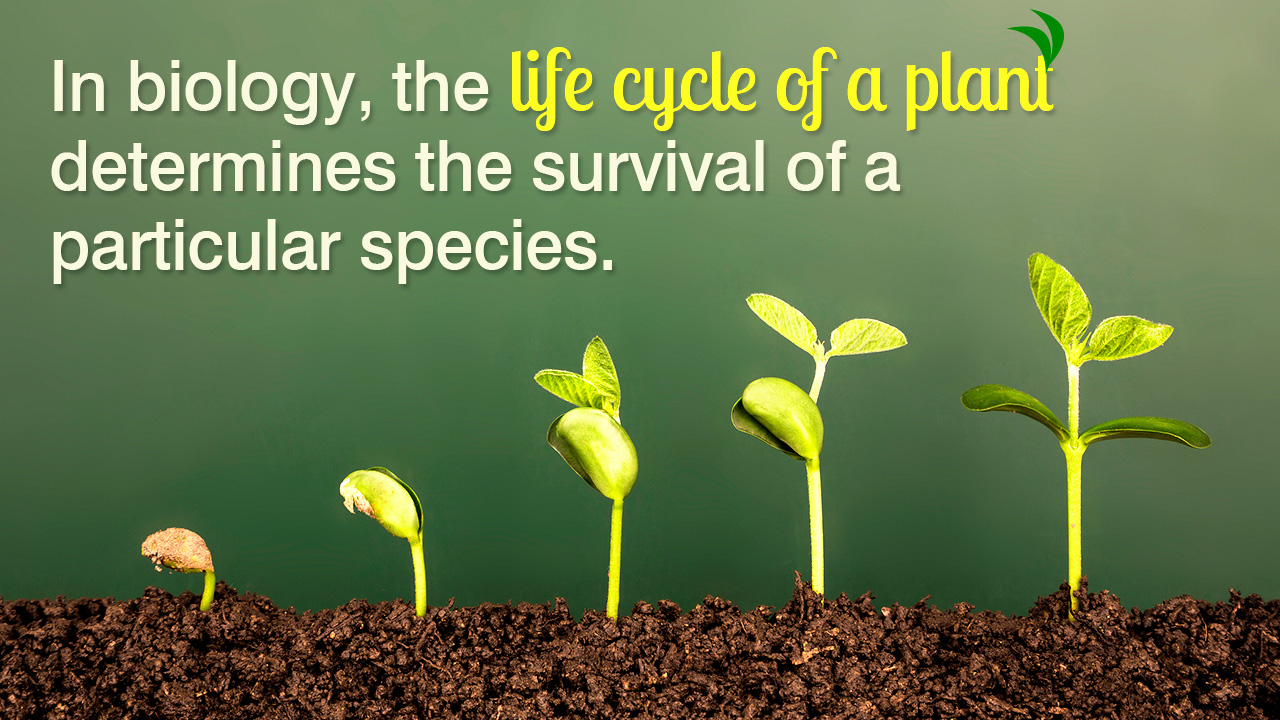
Plant life cycle comprises successive stages, including seed germination, seedling growth, plant maturity, flower development, fertilization, and seed production. Read this article to understand the growth processes of plants.
Plants are present in almost every habitat, where there is a growth medium and presence of water. The basic parts of a flowering plant include leaves, stem, root, flower, and seeds. The successive growth stages are more profound in angiosperm species.
The life cycle of a plant refers to the stages of growth and development in seed producing plants or angiosperms. It includes germination of seeds, maturity of the seedlings into adult plants, and seed setting. In other plant groups like pteridophytes and gymnosperms, the basic stages may differ slightly.
Seed Dormancy: Some plant seeds have a dormancy state, wherein they remain quiescent until the arrival of favorable environmental conditions. As soon as required growth factors are provided, the dormant seeds are ready to germinate and grow. However, this state is absent in many flowering plants.
Germination of Seeds: Seeds present in the soil fail to germinate or sprout, until the required temperature range, oxygen, and water are available. When such growth factors are provided, the seed germination process starts. Seeds containing viable embryos break open the outer covering layer (seed coat) and sprout. Seed germination is marked by development of the first root.
Growth of Seedlings: As a basic step of seed germination, the hypocotyl (upper stem) pushes the cotyledons above the soil. These are not true leaves, but are called seed leaves. Within a few days to a week time, new leaves develop from the hypocotyl, and at the same time, the stem continues to increase its height. Under the soil layer, the roots proliferate and anchor to the soil particles.
Maturity of Plants: The elongation of a stem occurs in response to light (a phenomenon called photoperiodism). In contrary to this, roots penetrate down by a process called geotropism. They absorb water and nutrients, which are then sent to the upper stem and foliage. Green leaves manufacture food by means of photosynthesis. These collective processes lead to the development of adult plants.
The Flowering Stage: In the plant life cycle, the stage that leads to maturity is the development of flower buds, which later open into full blooms. Each complete flower possesses male reproductive organs (stamen) and female reproductive organs (pistil). Besides these essential parts, sepals and petals are also present, which are responsible for fertilization process.
The Pollination Stage: The key process responsible for fertilization is pollination, meaning transfer of pollens to the receptive part of the female reproductive organ. As soon as pollens mature, they are carried to the stigma with the help of pollination agents (wind, water, insects, birds, etc.). Depending upon the plant species, self pollination or cross-pollination takes place.
Double Fertilization Process: The final stage in the life cycle of a flowering plant is double fertilization. For this to take place, the pollen grains lands on the accessible stigma, and absorbs moisture and germinates, forming a pollen tube. It then passes through style and reaches the ovary. From the pollen tube, two male gametes (sperms) are released: one of them fuses with the egg forming a viable zygote, and the remaining one combines with two polar nuclei of the embryo sac to form the endosperm. The zygote then develops into an embryo, which is surrounded by the endosperm.
In case of potato, the life cycle starts from seeds or tubers. For the latter type, you might have noticed sprouting potatoes in your storage area. In such a case, the tuber itself provides essential nutrients required for the initial growth of potatoes. Retain the sprouts along with the tuber in the same place, and you can demonstrate photoperiodism of plants. The stems will orient themselves in response to the availability of light. Following this, flowers will develop and seed setting takes place after pollination.
In biology, the life cycle of a plant determines how long a particular species survives. A seasonal plant flowers and sets seeds within a particular season, while an annual flowering plant completes its life cycle in one year. Likewise, biennial plants also require two growing seasons for completion of their life cycle.
